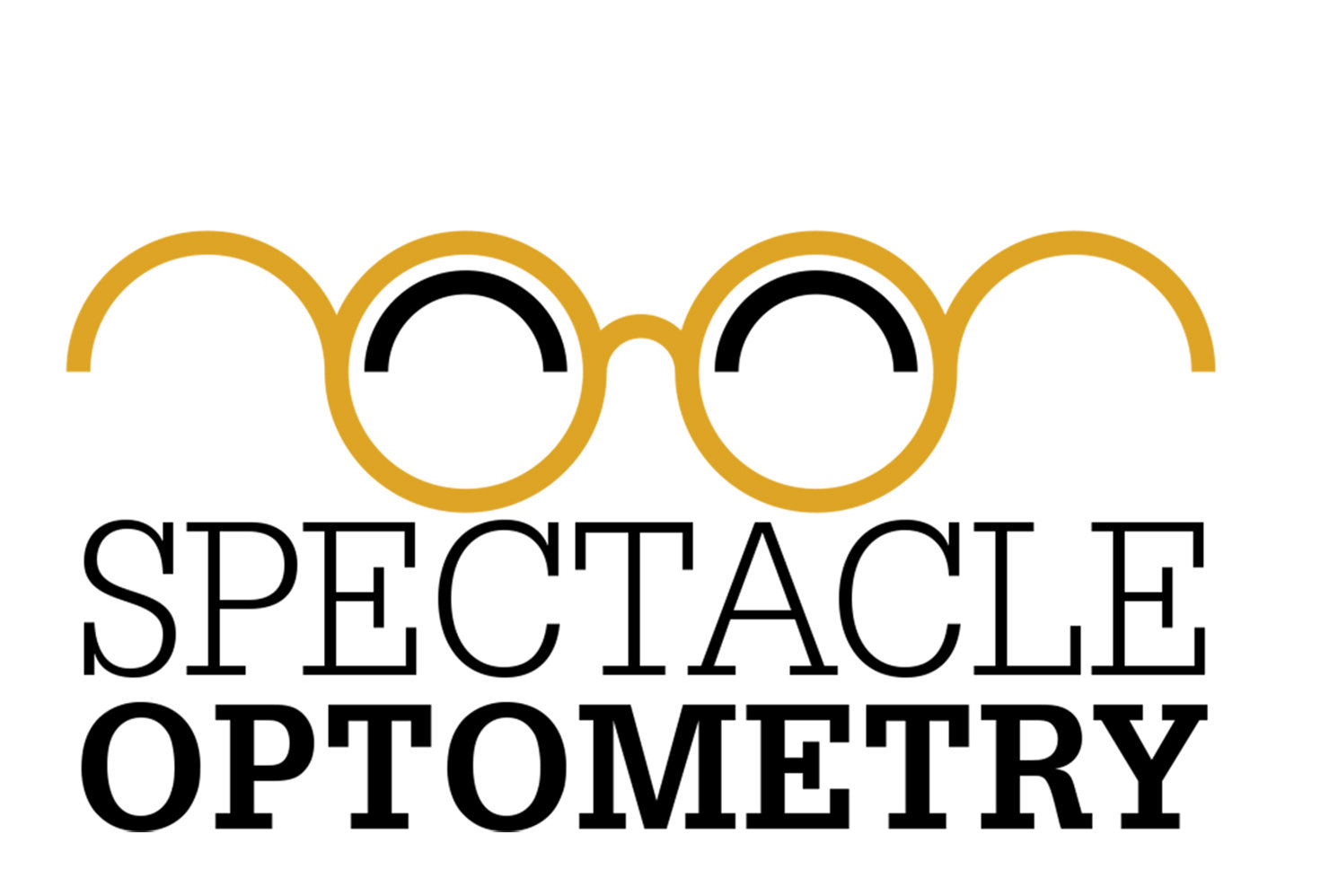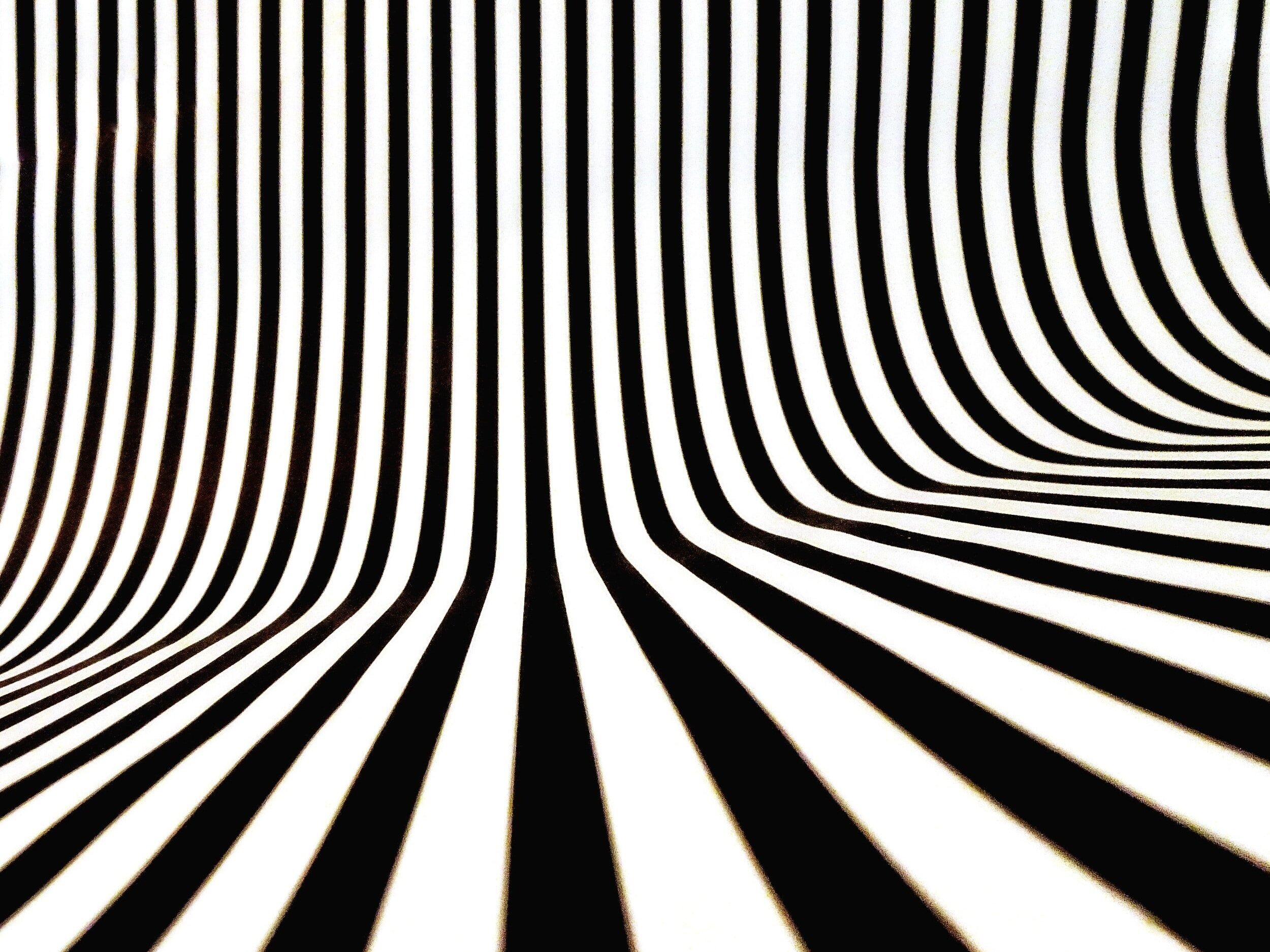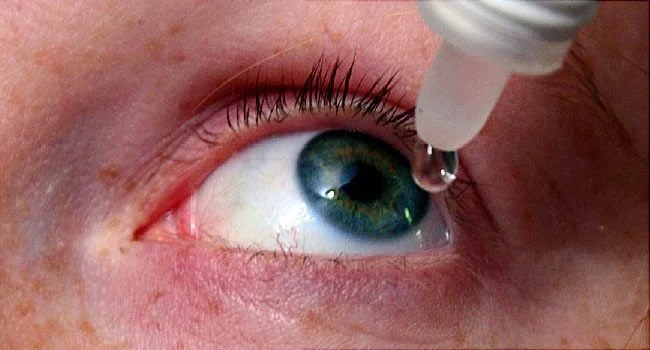OPTICAL ILLUSIONS EXPLAINED
Have you ever seen an optical illusion and wondered how is that possible? It all starts with a little deception. Our eyes are pretty cool and even have the ability to deceive our brains. The way certain images, colors, or lighting come together can create many misleading effects and fool our brains into believing exactly what we are seeing. The trick is that not everyone sees an image the same exact way. As we go through some examples, do not be alarmed if you can’t see some of the effects that we explain or see something different. It’s completely normal! Let’s jump right in to some eye tricks and go into detail about each and every one of them…
1. The Hermann Grid
Take a look at the dots at the intersection of each set of lines. The dot you are focusing on will appear white, but the surrounding dots tend to shift to gray or black.
There are a couple different ways we can explain this. First, lateral Inhibition is a technical term describing that our visual system will focus on an item in front of us and dim the surrounding stimuli. This makes the dot we are focusing on white and the surrounding dots appear black. Also, our visual system tends to enhance the edges of objects we are focusing on. This is very important to help the brain distinguish between the start and end of an object. In the Hermann Grid, however, this causes a visual deception away from the center of the edge we are focused on, so the dots off to the side appear black. Trippy, huh?
2. The Spinning Dancer
The silhouette below will abruptly change the direction in which she is spinning after a certain amount of time focusing on her. It seems impossible at first, but the more you are entranced by her turns, you’ll be able to see her change from clockwise rotations to counterclockwise rotations, or vice versa.
By focusing on a specific part of the silhouette (the reflection of the standing leg, for instance) or by blinking, this dancer may spontaneously change her spinning direction, but how is this possible? A two-dimensional can be seen by two different perspectives. Basically, our brain tries to construct the space around the figure in an attempt to make this two-dimensional image three-dimensional. In doing so, it alters the movement of the dancer’s spinning, which is called a bistable illusion. The change in direction can happen any number of times the more you watch her dance!
3. The Kanizsa Triangle
While looking at this figure, you may inadvertently notice an upright white triangle which is covering up three black dots as well as a second black triangle outline.
These triangles that you see are not actually complete triangles on the screen, but fragments of images and our brains fills in what we think is missing. Our brains, again, need to see some sort of depth and creates the full white triangle slightly above the rest of the image to make sense of these pieces it sees. Items grouped together are seen as a whole image by our brain. We ignore any gaps and actually perceive lines that may not be there to complete the cohesive image. This is often referred to as the Law of Closure.
Our eyes and brains are pretty impressive, but they can often fool us into thinking something is there when it actually isn’t there at all. These, and many other, optical illusions out there are proof that sometimes believing is actually not seeing, even though it appears that way!






